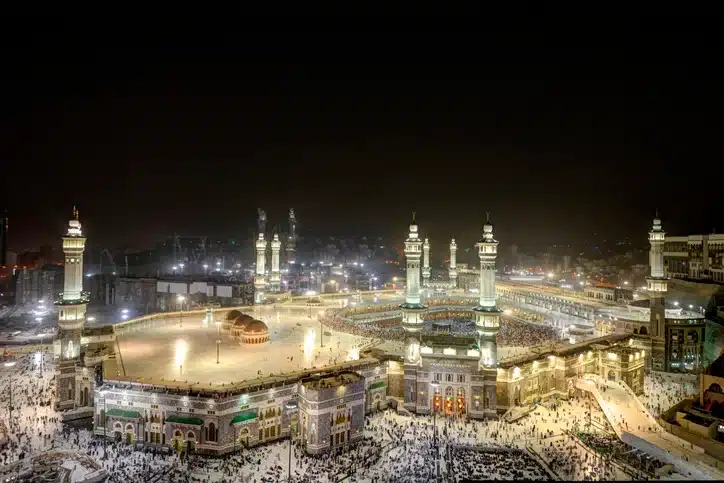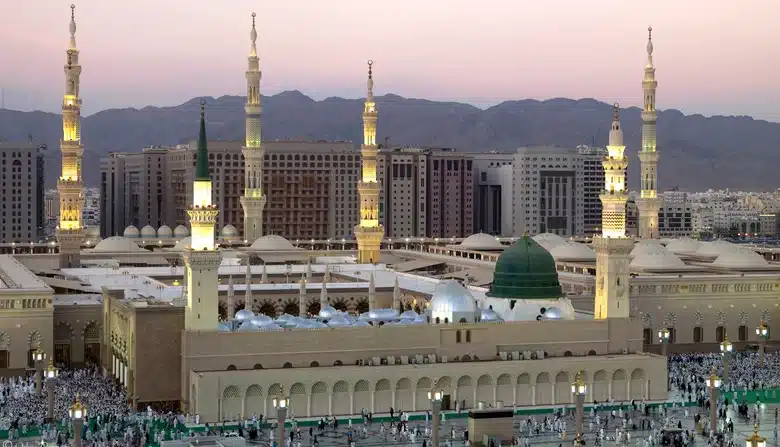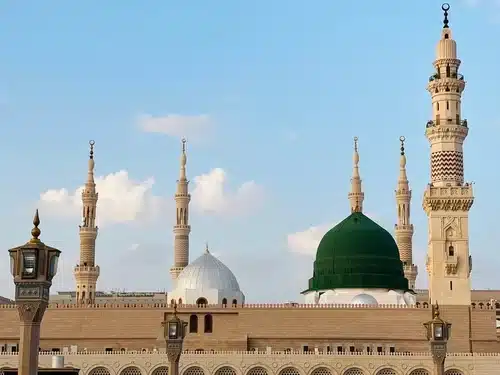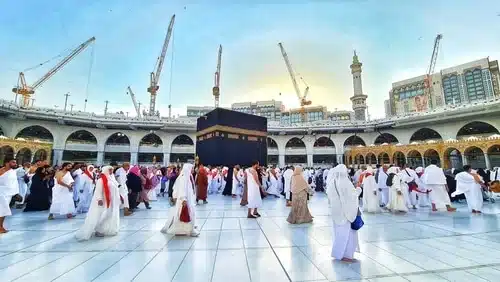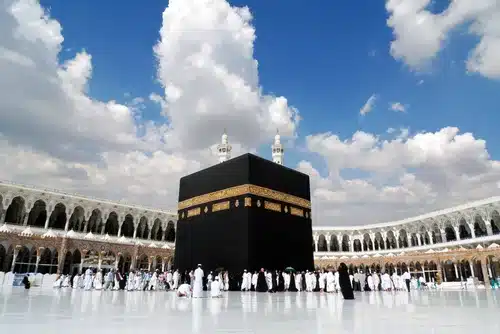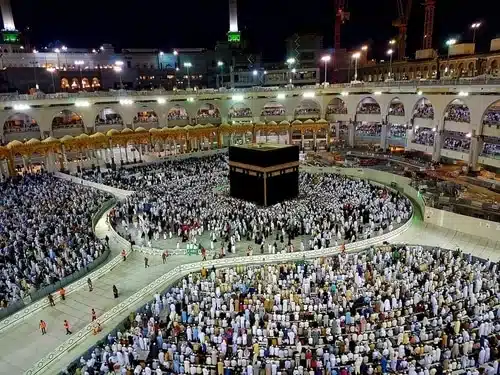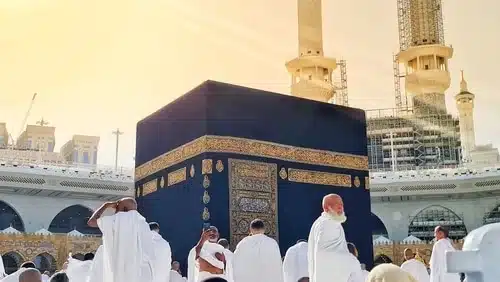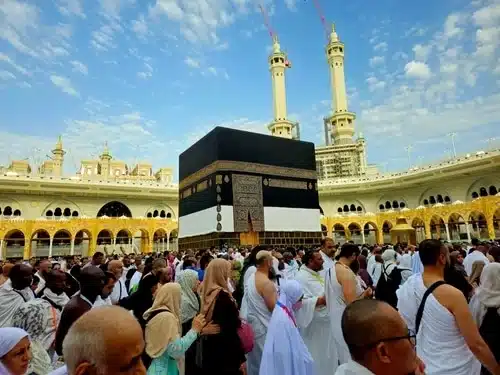What is Hajj and why is it important
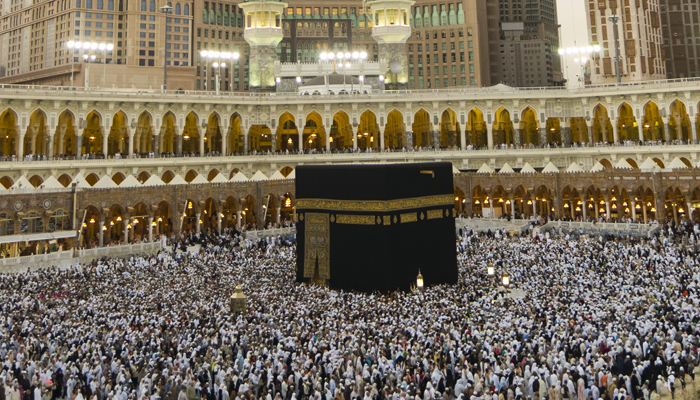
Hajj is the name given to the sacred pilgrimage Muslims embark on at least once in their lifetime. In numbers reaching estimates of more than a million, Muslims from all around the world travel to Makkah, Saudi Arabia to take part in the Hajj. Being part of the five pillars of Islam, the pilgrimage of Hajj holds great significance in a Muslim believer’s life. Let’s take a look at what is Hajj and why is it considered important.
Purpose of Hajj
For all healthy and able Muslim believers, Hajj must be performed at least once in a lifetime. This pilgrimage is seen by many as a golden opportunity to wipe out past sins committed and start a fresh chapter. Others view it as a great chance to increase their faith and devotion towards the Creator and Islam. For those who are not financially able to perform Hajj, they are sponsored by charity organizations. Many elderly or debilitated pilgrims use wheelchairs and crutches but insist on walking the routes of Hajj. Some Pilgrims belonging from Saudi Arabia prefer to walk months to gather for the start of Hajj at Makkah. Other pilgrims spend their entire lifetime gathering savings for Hajj. The utmost determination and vigor shown by Muslims for the preparation of Hajj are highly commendable.
The history behind the Hajj
The rituals and rites of Hajj are known to be traced back to the Prophets, Ibrahim and Ismail. It is believed that Ibrahim was tested when ALLAH commanded him to sacrifice his only son Ismail. When the Prophet Ibrahim was ready to submit to ALLAH’s command, his son Ismail was spared by ALLAH. Other than that, another common Hajj ritual is that relating to the Prophet Ibrahim’s wife Hagar. Muslims believe that in search of water, Hagar ran between the two hills seven times. According to tradition, the sacred spring of Zamzam was created by ALLAH and this spring standstill today. The power of Zamzam is great in Islam as it is known for its healing powers. For this reason, Pilgrims return from Hajj 2017 with gifts of Zamzam for their loved ones.
Rituals performed during Hajj
First day of Hajj
In the state of Ihram, Muslims travel to Makkah and perform Umrah, where they encircle the Kaaba 7 times in a counter-clockwise direction. During this time, they recite supplications to ALLAH and then travel between the hills of safaa and Marwa. They then make their way towards Mina.
The second day of Hajj
Muslims spend the night in Mina, where thousands of tents are set up. They then head on towards Arafat. Here they climb a hill known as Jabal al Rahma or the mount of mercy. This holds great significance in Islam as it is the designated area where the Prophet PBUH delivered his last sermon. Around sunset, Pilgrims make their way towards Muzdalifah on foot or by buses. There they spend the night praying and collecting pebbles to be used in the symbolic stoning of the devil back in Mina.
Last three days of Hajj
The final commencement of Hajj is represented by three events. These include final encirclement of the Kaaba; the casting of stones in Mina; and removal of the ihram. Most men shave their heads as a sign of renewal at this stage. The final Hajj days correlate to Eid ul Azha, where Muslims sacrifice Animals to commemorate Prophet Ibrahim’s faith test. Meat is distributed amongst the poor on this occasion.
For bookings and more details, please call: +1-201-366-1155 or email at info@ilinktours.com
For Special Hajj Package Offers by ILinkTours.com / include 4 star Special Hajj Package and 5 star Special Hajj Packages.






